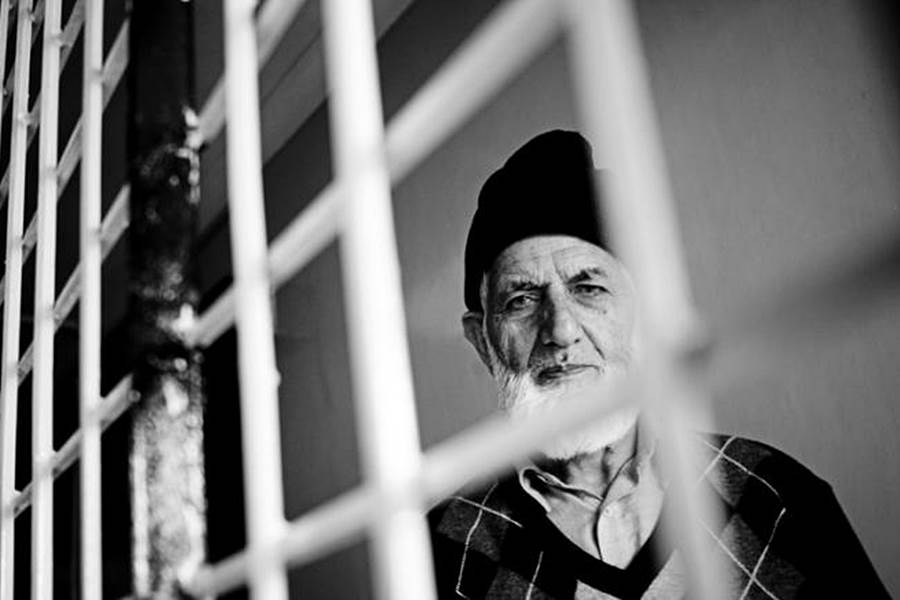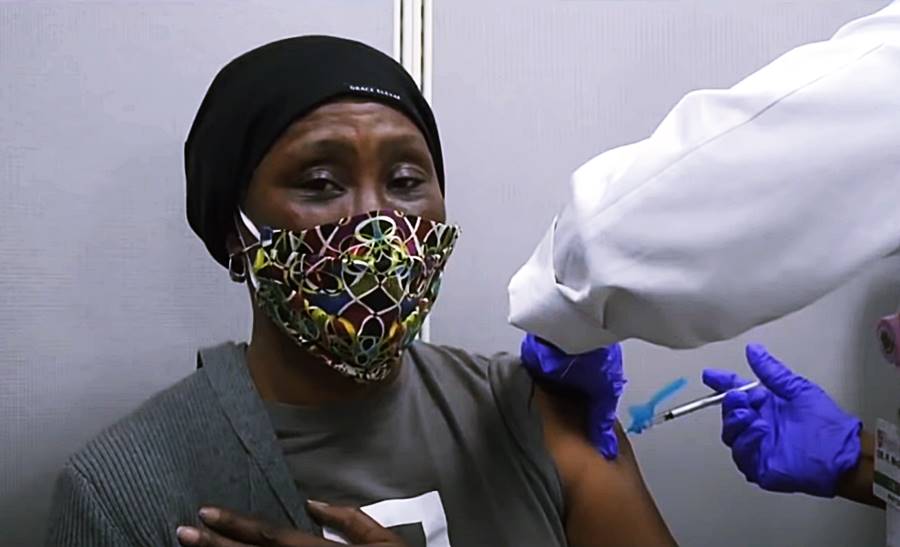Fri 30 April 2021:
Health authorities in the United Kingdom, France, Germany, Romania, Switzerland and Belgium have detected cases of the so-called Indian variant, formally known as B.1.617.
France’s southwestern region of Nouvelle-Aquitaine has registered the first case of the Indian mutant variant of COVID-19 a regional health agency director said.
“We have determined that this is the Indian variant,” the head of the regional health department, Benoit Elleboode said as quoted by BFMTV broadcaster.
According to him, the patient has recently returned from India.
The double mutant strain, called B.1.617, was detected in India in March. Earlier in April, a number of countries, including Germany, Iran and Canada, announced temporary limitations on the passenger traffic with India after a new variant of the coronavirus with triple mutation variant B.1.618 had been discovered in the West Bengal state.
B.1.617 has been recorded in at least 17 countries worldwide since first being detected in India, which is currently battling a devastating wave of COVID-19 infections.
What is the Indian variant?
B.1.617 contains two notable mutations – formally known as E484Q and L452R. This has led to it sometimes being dubbed the “double mutant” strain, though this is something of a misnomer as it actually carries more than a dozen mutations altogether.
Preliminary evidence suggests the mutations make B.1.617 more transmissible and less susceptible to vaccines than other strains, but scientists are still attempting to determine the extent to which that is the case.
But other strains with known risks, such as those first detected in the UK, Brazil and South Africa, have been categorised as “variants of concern” – a higher threat level.
FOLLOW INDEPENDENT PRESS:
TWITTER (CLICK HERE)
https://twitter.com/IpIndependent
FACEBOOK (CLICK HERE)
https://web.facebook.com/ipindependent
Think your friends would be interested? Share this story!




















